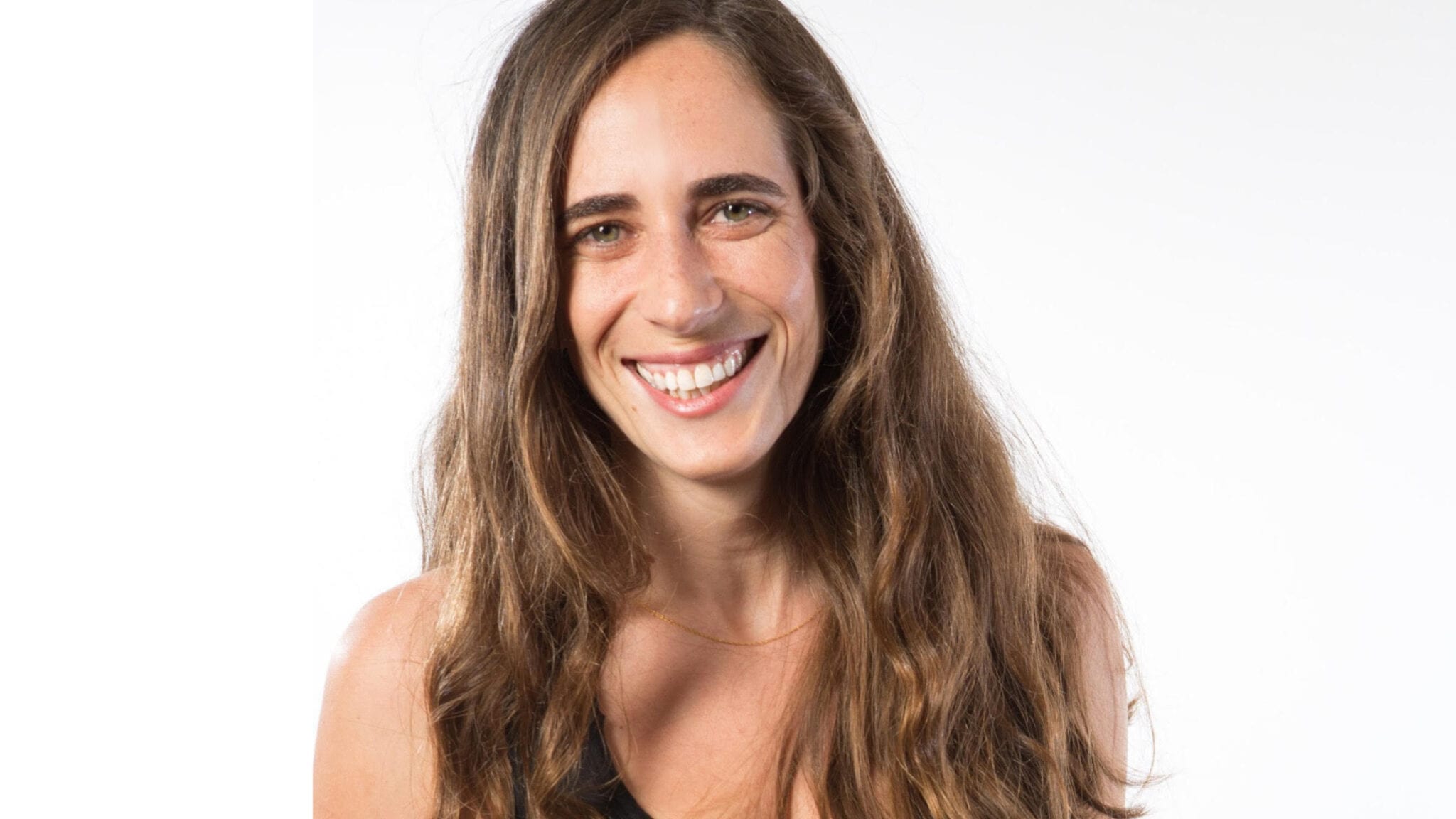
Wild Biotech co-founder Neta Raab
Two Church lab vets, a secretive institute and an Israeli billionaire hunt for drugs in the guts of wild animals
Over the last four years, Neta Raab and Ido Bachelet have received hundreds of padded cardboard boxes containing frozen poop from wild animals on five …
Sign up to read this article for free.
Get free access to a limited number of articles, plus choose newsletters to get straight to your inbox.